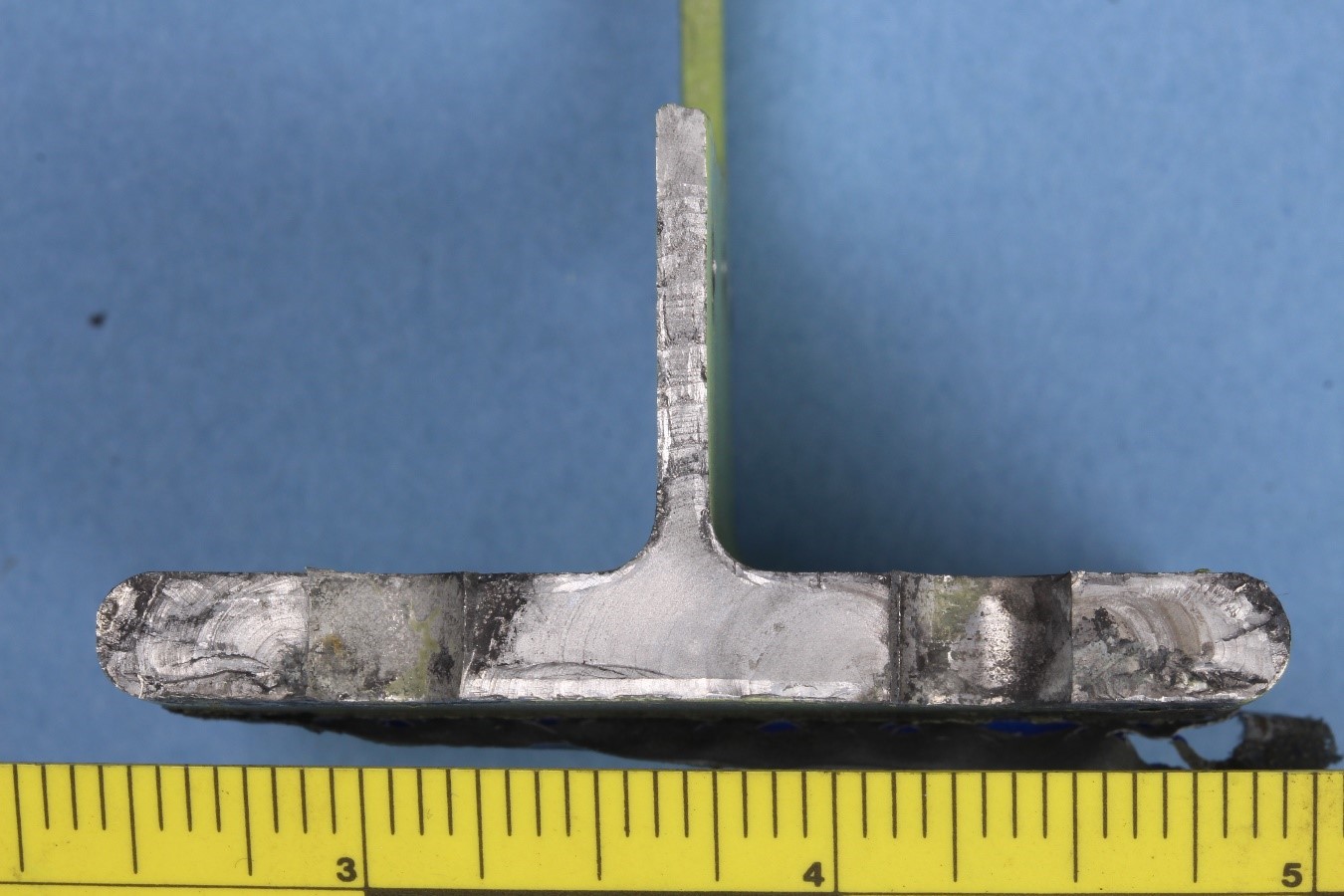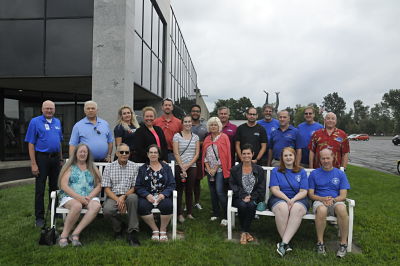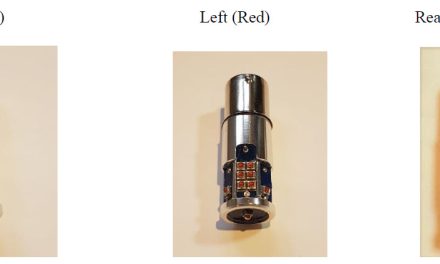[updated May 3]
The impending AD seems to have stalled; there has not been an update in months. The article below was originally dated in late December.
Some members have asked to see the AC referenced below. That is here:
FAA Advisory Circular AC 23–13A PDF
The article below is the original article from December 2018. Notice that it says the Commentary Period is over but comments are still being made on the FAA website.
Planes without training history mostly excluded
The FAA has opened the discussion period as it prepares to issue an Airworthiness Directive related to the wing-spar fault that caused the deadly Embry-Riddle crash in April, 2018. The commentary period is open until Feb. 4.
From the announcement:
High-load environments are typically operated for hire and have inspection programs that require 100-hour inspections. We determined the number of 100-hour inspections an airplane has undergone is the best indicator of the airplane’s usage history. Using the criteria in FAA Advisory Circular AC 23–13A, ‘‘Fatigue, Fail-Safe, and Damage Tolerance Evaluation of Metallic Structure for Normal, Utility, Acrobatic, and Commuter Category Airplanes,’’ which you can find at http://rgl.faa.gov/Regulatory_and_Guidance_Library/rgAdvisoryCircular.nsf/MainFrame?OpenFrameset, we developed a factored service hours formula based on the number of 100-hour inspections completed on the airplane. A review of the airplane maintenance records to determine the airplane’s usage and the application of the factored service hours formula will identify when an airplane meets the criteria for the proposed eddy current inspection of the lower main wing spar bolt holes.
Only an airplane with a main wing spar that has a factored service life of 5,000 hours, has had either main wing spar replaced with a serviceable main wing spar (more than zero hours TIS), or has airplane maintenance records that are missing or incomplete, must have the eddy current inspection.
Translation: The FAA’s extensive investigation indicates that planes only show this problem if they’ve had an extensive training history, and the easiest evidence of a training history is 100-hour inspections, so if your plane has none, or few, 100-hour inspections, it’s been determined it is likely safe, with the caveat that your records need to prove the point.
“I would recommend that you read the proposed AD and if you have comments to make, address them to the FAA directly during the comment period,” said Piper Owner Society forum moderator Scott Sherer. “In my observations and analysis of the proposed AD, I have concluded that most PA-28 owners won’t be affected by the upcoming AD. However, if you have a high-time airframe that has been used extensively for training over a long time then you may very well need to have your wings inspected. Additionally, wing spar replacement might be necessary if you have corroded or fatigued wing spar attach points.
“In my opinion the FAA has done an admiral job of keeping this situation contained to only the aircraft that are likely to have a problem. This isn’t likely to cost anything, or very little, for owners of most PA-28 aircraft and there’s no reason to get alarmed at this point. Rest assured that we are following this situation and that when the AD comes out we will publish and update to you with recommendations on how to proceed.”
Links and Related Information
Active Discussion on this topic in your Forum
Original story about the plane crash.
PDF of the Proposed AD (from the FAA).
Website with text of the Proposed AD. You can also Comment here.






